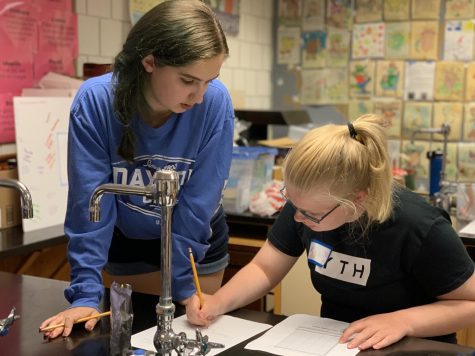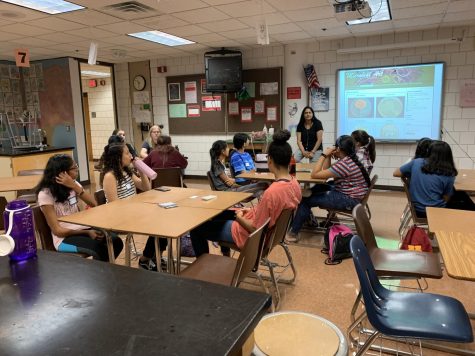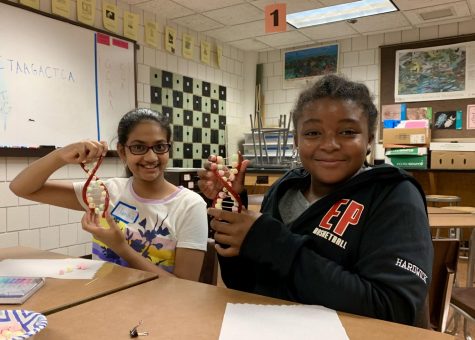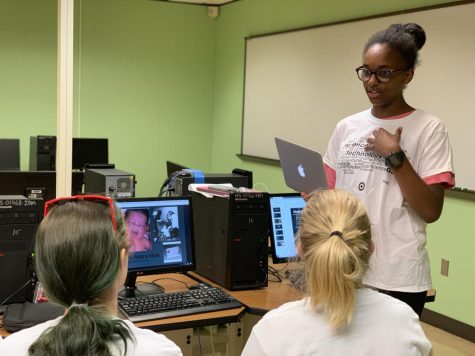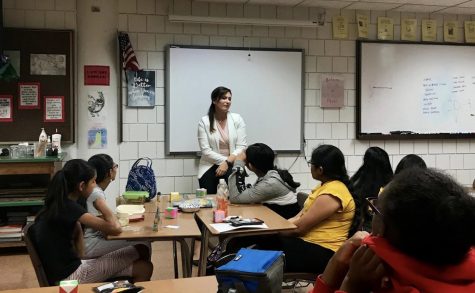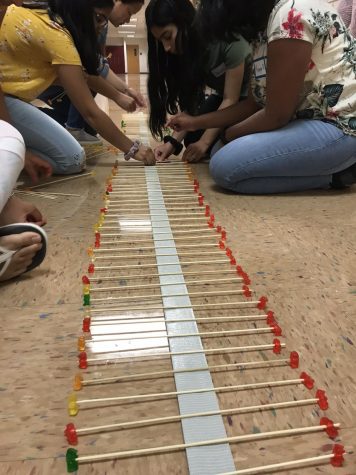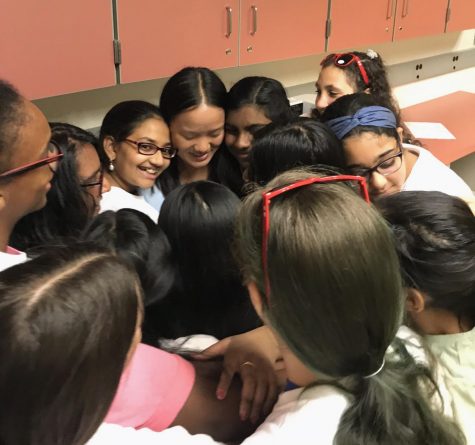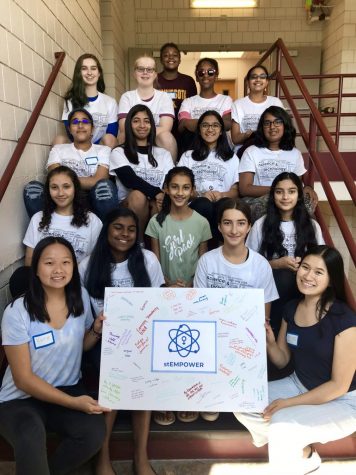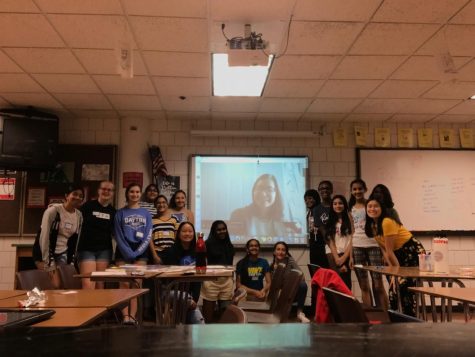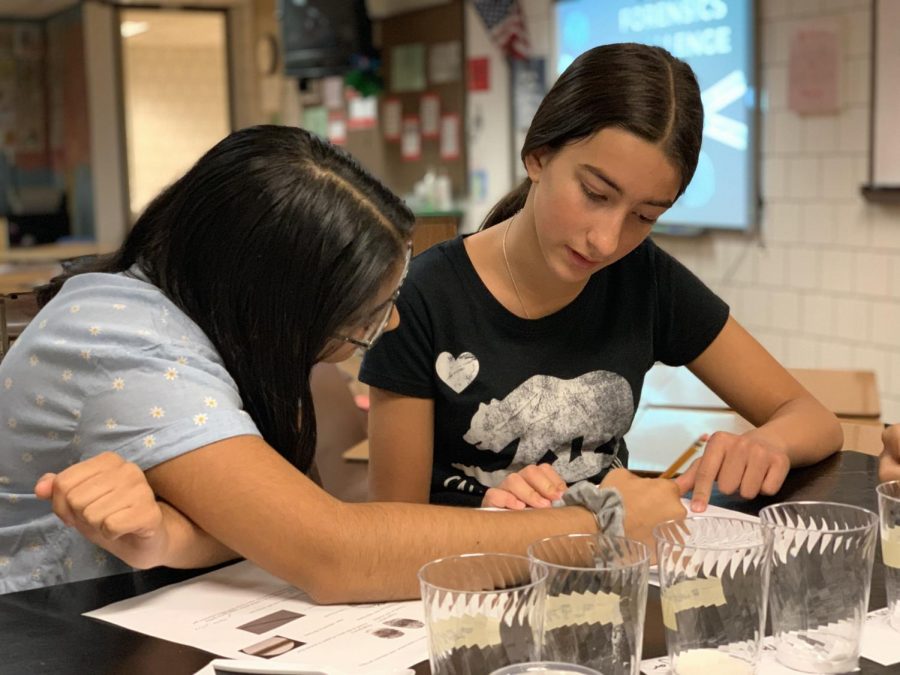stEMPOWER
April 15, 2020
“Scratch paper is for women.”
That’s what a male peer retorted when I offered him scratch paper.
In angered disbelief, I considered firing a blunt comeback or maybe a demanding glare? But before I knew it, my male-dominated team had moved onto the next geometry problem. Yet, I was hooked on one problem: how to defeat the increasingly severe gender gap in STEM in spite of the pessimistic environment.
In the following weeks, I gaped at the issue’s true magnitude. I thought back to my AP Computer Science class; it only had 3 girls. And AP Physics? Even less. This disparity starts in childhood, and worsens throughout high school. Whether it be a result of gender stereotypes or a lack of female role models, girls lose confidence in their potential to succeed in STEM.
Solving this issues begins within our community. So with senior Helen Nguyen, a close friend who shares similar goals of addressing the gender gap, I took action. We envisioned a free, week-long program that prioritized developing young girls’ confidence in their STEM potential. We called it stEMPOWER.
stEMPOWER offered local middle school girls hands-on problem solving experience in an encouraging environment with female STEM role models.
To alleviate financial barriers, we secured sponsorships from Target and community organizations. The funding also allowed us to actualize our ideas for activities where girls could just try. We wanted them to embrace their quirkiest ideas in engineering indestructible paper bridges, building heart models, investigating forensic crime scenes and presenting short research projects. With peers and mentors from 3M, Target and universities, we wanted them to shine in a community of unapologetically nerdy females.
During our cryptography challenge, I saw my hopes come to life. Cryptography is difficult. It provides few initial clues and instead relies on strategic attempts with different approaches. This was daunting for one seventh grader. Tears collected in her eyes as she became increasingly frustrated with a problem.
Having felt those same emotions in my own tumultuous athletic and academic journeys, I snatched a stack of scratch paper and sat down with her. The sheets soon became our drawing board for endless ideas. We scribbled together, attempting different strategies and ciphers, crossing out ones that failed and expanding on the others. Soon, she was scribbling in fervent independence. She learned that just because one approach leads to a dead end, doesn’t mean the problem itself is one. She found the solution to obstacles: the courage to try and try again.
stEMPOWER has given me the opportunity to witness similar growth in all eighteen of the participating girls. From muttering “I’m just not a math person,” to exclaiming “Katherine! Look at what I coded last night!”, they’ve found enthusiasm in their bravery. Their growing resilience truly inspires me.
The gender gap will only close once all girls acknowledge and embrace their prowess. Every girl needs to understand that they are more than capable in STEM. They need to believe that not only can they follow in the footsteps of Katherine Jonson and Rosalind Franklin, but that they can create their own.
stEMPOWER is the momentum for such ambitions I have yet to address. However, there are always more solutions to test, more girls to engage with, and more considerations to research. So whose scratch paper can I use next?
